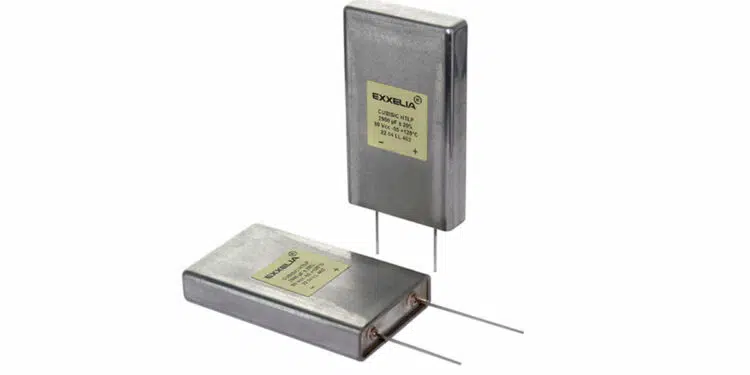Exxelia, a global manufacturer of complex passive components and subsystems for harsh environments, is expanding its CUBISIC low profile hermetic aluminum electrolytic capacitor range with a HTLP (High Temperature Low Profile) version for temperatures up to +125°C.
This CUBISIC HTLP offers, in a thin rectangular packaging, the highest energy density of capacitors in its class, combined with a high temperature resistance (-55° → +125°C).
The new range of CUBISIC HTLP by Exxelia outstanding characteristics includes 60% more capacity than any other rectangular electrolytic capacitor on the market, in the same volume, while having a 5,000-hour life span. In addition, the CUBISIC HTLP is designed to provide excellent performance in extreme temperatures covering a temperature range of -55° → +125°C that is compatible with the most severe military and aerospace applications.
Engineers facing complex design requirements and looking for an easily integrated product will gain space and reliability through the use of improved materials fully REACH compliant.
The CUBISIC HTLP withstands 20g vibration and is low-pressure qualified, making it compatible to 92,000 feet in altitude. It is ideally suited for integration into cockpits, actuators, and power generation in commercial and military aircraft as well as radar and laser systems.
Features
- Capacity from 140μF to 58 000μF
- Voltage from 7.5V to 350V
- Service life of 5,000 hours at 125°C
- Operating temperature -55°C to +125°C
- 20g vibrations and 92,000 feet altitude
- RoHS versions available






























